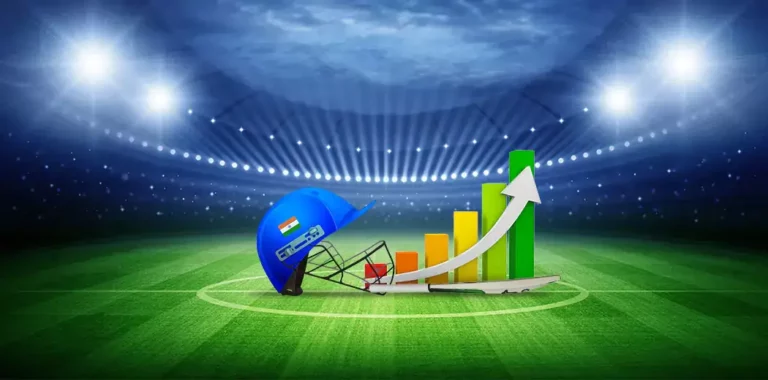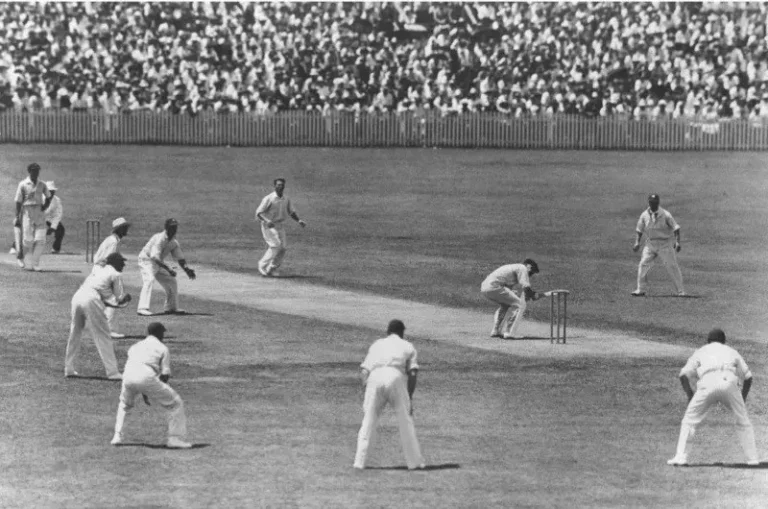Cricket Fielding Positions Explained: How to Read a Fielding Setup
Cricket is a popular sport that requires not only excellent batting and bowling skills but also, top-notch fielding skills. A well-executed fielding setup can make a huge difference in the outcome of a game. Understanding cricket fielding positions is crucial to a team’s success, whether you’re playing, coaching, or spectating. In this blog post, we’ll explain the basics of cricket fielding positions and how to read a fielding setup.
The Basics: How Many Cricket Fielding Positions Are There?
First things first, let’s discuss how many fielding positions there are in cricket. Each cricket team comprises eleven players, and the fielding captain assigns each player a specific fielding position. There are 10 standard fielding positions, and the 11th player is the wicketkeeper.
The standard fielding positions are classified into three categories – close-in fielders, outfielders, and boundary fielders. Those who stand near the batsman are close-in fielders. Additionally, those positioned in the middle of the field are outfielders, and those who stand near the boundary line are boundary fielders.

Understanding the Cricket Fielding Positions
Now that we know how many fielding positions there are let’s dive into each position’s specifics.
1. The Wicket-Keeper
The wicketkeeper is the only player who wears gloves and pads. They stand behind the stumps and try to catch the ball if the batsman misses it or if the ball hits the wicket.
2. Slip
The slip fielder stands behind the batsman on the off-side. Their primary goal is to catch any edges from the batsman’s bat.
3. Gully
Gully is a fielding position similar to the slip but located on the opposite side of the fielder. On the leg side, fielders are positioned behind the batsman and responsible for catching any edges that might occur on that side.
4. Point
The point fielding position is located behind the batsman on the off-side. They are responsible for stopping any shots that the batsman hits through the off-side.
5. Cover
The fielding captain positions the cover fielder on the off-side of the field. Moreover, he assigns them the primary responsibility of covering the area between the point and mid-off
6. Mid-off
The fielder positioned between the bowler and the batsman is the mid-off fielder. They are responsible for stopping any straight drives the batsman hits
7. Mid-On
Mid-on is located on the on-side of the field and is responsible for stopping any straight shots that the batsman hits
8. Square Leg
The square leg is situated on the leg side of the field and is responsible for covering the area from mid-wicket to fine leg.
9. Mid-Wicket
The mid-wicket fielder is located on the on-side of the field and covers the area between the square leg and mid-on.
10. Fine Leg
The fielder responsible for covering the area from mid-wicket to fine leg is the square leg. The fine leg is responsible for covering the area behind the batsman’s leg.
How to Read a Fielding Setup
Reading a fielding setup is crucial in cricket. It can help you understand the captain’s strategy, the bowler’s plan, and where the batsman is likely to hit the ball. Here are a few tips on how to read a fielding setup.
1. Observing the Positions of the Fielders
Once you have observed the positions of the fielders, the next thing you should look at is the strategy the captain and the bowler have decided to implement. For instance, if the fielding team has placed a lot of fielders on the leg side, they may be trying to restrict the number of runs the batting team can score on that side of the field. This tactic is commonly known as ‘leg-side bowling.’
On the other hand, if the fielding team has placed more fielders on the off-side, they may be trying to force the batsman to play more shots toward the leg side, where there are fewer fielders. This is known as ‘off-side bowling.’
2. Observing the Placement of the Fielders
Additionally, another important thing to observe is the placement of the fielders to each other. For example, if there are two fielders close to each other in the same area, it may indicate that the captain and bowler are trying to restrict the number of runs scored in that area. Alternatively, placing two fielders in different areas of the field may suggest that the bowler is attempting to take wickets rather than restrict runs.
Fielding Setups for Different Formats of Cricket
The format of the game being played can affect the variation in fielding setups.
1. Test Cricket
In Test Cricket, where matches can last up to five days, the fielding team may place more fielders in defensive positions, to restrict the number of runs scored by the batting team over a long period.
2. One Day Internationals (ODIs)
In contrast, in shorter formats of the game such as One Day Internationals (ODIs) and Twenty20 (T20) matches, teams may adopt more attacking fielding positions to take wickets and restrict the number of runs scored in a shorter period.
Rules and Regulations of Fielding in Cricket
There are certain rules and regulations that fielders must follow in cricket. For example, a team can only have five fielders on the leg side at any one time during a match. However, if a team decides to place six fielders on the leg side, the umpire will call a no-ball.

Similarly, there are rules regarding the placement of fielders in the fielding circle. During the first 10 overs of an ODI match, a maximum of two fielders can be placed outside the 30-yard circle. After the first 10 overs, up to four fielders can be placed outside the circle.
Conclusion
In conclusion, cricket fielding positions play a vital role in the game of cricket. Fundamentally, understanding the fielding setup and positions of the fielders is essential for any player or spectator who wants to enjoy the game to the fullest. By following the tips mentioned in this article, you can quickly identify the fielding positions and better understand the fielding strategies used by the teams. Remember to observe the fielding setup, identify the positions of the fielders, and pay attention to the captain’s instructions. With practice and experience, you can become an expert in reading the fielding setup. You’ll be able to predict the next move of the fielders, giving you an edge in the game of cricket.




2 Comments
Comments are closed.